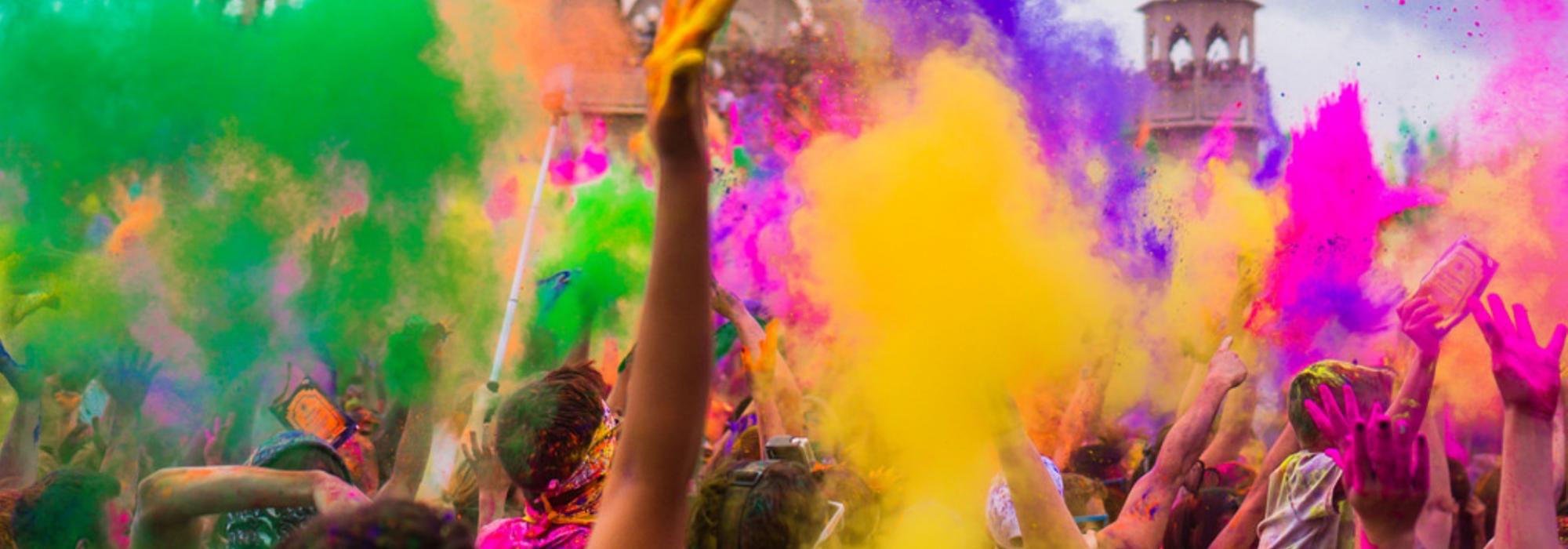Among the yesteryear scholars of Kannada literature I know, the most extraordinary ones are S G Narasimhacharya, R Narasimhacharya, M A Ramanuja Iyengar, and Devashikhamani Alasingacharya.
I think I first saw S G Narasimhacharya in 1906–07. I knew him by name before I met him. I had read some of his writings in textbooks. His translations of segments of Kālidāsa’s Raghuvaṃśa into Kannada poems set to the śaṭpadi meter were exceedingly beautiful. I was mesmerized by the elegance of the words and the richness of emotions of many of his poems.
ambaravadentu śaśi-
bimbadiṃ rañjisuvu-
dambarā pageyentu śaivakaḻeyim |
tumbi rañjipudantu
kambukaṇṭhiya garbha-
mimbāytu guruvitta varada balade ||
Such was the delightful and pleasant writing style of SGN. When I was a teacher, I had taught a reader book prepared by him, published by Macmillan. In that reader, he had selected a section of Abhinava Pampa’s Rāmāyaṇa. I vividly remember teaching that part with enthusiasm.
Like this, I had cultivated reverence towards him.
S G Narasimhacharya worked as a translator for the government. It was an ordinary job fetching about a hundred-and-fifty or two hundred rupees. But it never appeared to have crossed his mind. It was evident in his conversations that he was as satisfied as a person who earned a thousand rupees.
What can be counted as among the great works of S G Narasimhacharya is the first volume of the Karnāṭaka Kavicaritre. It was created jointly by R Narasimhacharya and S G Narasimhacharya. R Narasimhacharya must have written about the poet's period, place, writings, etc. The special attributes of the poet, his place in the class of poets – such critical parts must have written by S G Narasimhacharya. This conjecture is based on the difference found in the second and third volumes written completely by R Narasimhacharya without the contribution of SG.
Nāṭakaśiromaṇi A V Varadacharya was a close friend of S G Narasimhacharya. When they both were in Chitradurga for some time, their friendship blossomed. Even after Varadacharya became famous in the drama world, their friendship grew and bore fruit!
Song of Kāmadahana
S G Narasimhacharya composed a song for the festival of Kāmadahana (Holi). In those days, the song had captured the minds of some students of Central College. Among them my close friends, G Srinivasaiah, Mokshagundam Krishnamurthy, S Ramachandra Shastri, and Vajapeyam Venkatasubbaiah would sing snippets of the song now and then. I heard them sing parts of the song, but it appeared that no one knew it in its entirety. I learned of this song many days after S G Narasimhacharya passed away. Therefore I was unable to obtain the lyrics of the song. I did not listen to even one stanza completely. From the bits and pieces I have heard, I feel that the song has an extraordinary style. Like this:
girije varananu bayasi bandaḻu
harananu–śaśidharananu |
harana tapavanu muriya bandanu
māranu sukumāranu ||Girija came, desirous of (finding) her consort
Hara, Shashidhara (i.e. Shiva)
To disturb the penance of Hara came
Mara, Sukumara (i.e. Manmatha)
To my ears this is a pleasant style. I believe there are hundreds of people like me who are eager to understand how S G Narasimhacharya adapted a certain subject matter to storytelling in his song.
Padyasaṅgraha, Padyasāra
Included in the great service that S G Narasimhacharya has done to the Kannada language are his compilations of two books of poetry. One is Padyasaṅgraha and the other is Padyasāra. In Padyasaṅgraha, apart from the selected poems in the Bhāminī śaṭpadi meter, Kanakadāsa’s Dhruvacaritre and Naḻacaritre appear in a concise and endearing form. In the process of condensing these two lovely poems, S G Narasimhacharya wrote a few appropriate prose passages in place of the many verses that he omitted, so that the context of the story is not lost. These short prose passages highlight his evolved aesthetic sense. He has brought out the different eras of Kannada poetry with ample examples in Padyasāra. It includes examples ranging from Jānapada Gītegaḻu, Śatakas, and other didactic literature all the way to the erudite compositions of the poet Śaḍakṣari. This resembles the famous Palgrave’s Golden Treasury in English.* I have heard that Padyasaṅgraha and Padyasāra have not been included in today’s text books. If that is the case, this is indeed a big lacuna. I proclaim time and again that a more beautiful compilation of poetry is not possible by anyone else. And I declare that it is a great loss to the students who have not had the opportunity to learn this as part of their curriculum.
Whoever compiles all the works of S G Narasimhacharya and publishes them will do a great service to the Kannada world from the perspective of language as well as aesthetics. In terms of size, it may not require too many volumes. Therefore, this compilation should not be particularly difficult. However, it can be done well only by scholars of language and those endowed with an aesthetic sense. I do not expect any government to take up this work. It is also not the job of the government. It is the work to be done under the guidance of an erudite connoisseur-editor of a publishing house. Who knows what’s in store for the nation?
This is an English translation of the sixth chapter of D V Gundappa’s Jnapakachitrashaale – Vol. 3 – Sahityopasakaru. Edited by Hari Ravikumar.
*Palgrave's Golden Treasury of Songs and Lyrics (1861) by Francis Turner Palgrave














































